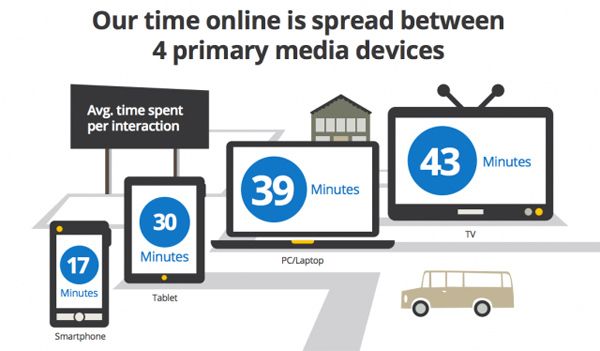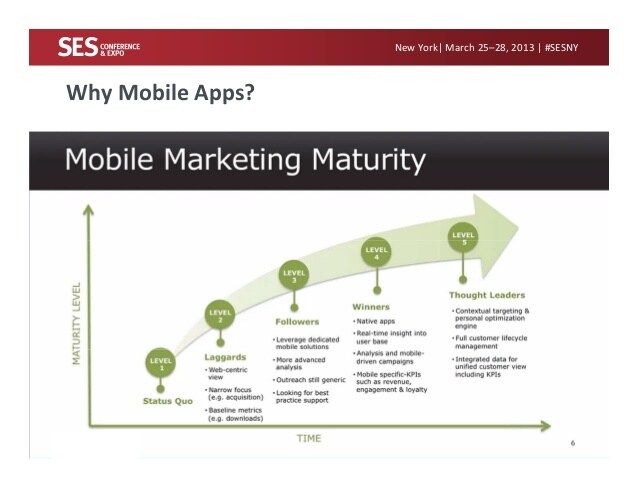Great article first published on VentureBeat on the mobile advertising strategies one VC expects to endure as opposed to novelty strategies that will be here today and gone tomorrow …
By Ken Elefant 11.12.06
The past few years haven’t been easy for wireless service providers. With 3G and fee-based data services a flop and a sagging voice business, not much seems to be going right for the mobile industry. But the situation is set to change.
After many false starts, wireless advertising is finally ready for primetime. Startups and major players alike are jockeying to see who can market most effectively through the wireless medium.
Here’s a quick summary outlining seven of the most discussed strategies and their long-term prospects:
1) Marketing via SMS/MMS
This is an easy one. Advertisers like Procter & Gamble work with carriers and companies such as Enpocket to sponsor audience polls. Think American Idol. It’s quick and easy to implement—polls use existing messaging infrastructure—and advertisers establish direct relationships through the mobile phone with customers who opt in to their programs. Unfortunately, there isn’t much excitement here, and the potential is limited. Not to mention that consumers who participate often won’t have any special affinity for the marketer.
2) WAP banner ads
The cousin of the internet banner ad is the grandfather of mobile advertising techniques. Guess what. It’s surprisingly effective. Advertisers know that handset users who look at WAP sites fundamentally have time to waste. They’re commuting by bus, waiting for a friend, or sitting in their doctor’s office looking for ways to kill time. The problem is that WAP advertising inventory remains small because mobile web sites are relatively expensive to build. What’s more, the value chain around WAP banners remains murky. Who deserves what share of the revenue and who really owns the ad inventory? Is it the carrier, WAP site owner, or WAP advertising facilitators like Third Screen Media? It’s not clear, and by the time this one is figured out, the mobile marketing train will have left the station long ago. I think the way to go is off portal WAP banner ads to circumvent the issue.
3) Location-based advertising
Remember all the hub-bub about location-based services in 2000? Mobile phone users will merrily walk down the street as their mobile phone beckons them in to the nearest boutique or café with a well-timed ad. The scenario sounded nice…until you actually thought about it for more than two seconds. Location-based services don’t work unless you have a critical mass of advertisers and willing consumers signed up to participate. Not to mention the considerable privacy issues. Don’t expect this chicken and egg problem to sort itself out anytime soon.
4) Video ads on cell phones
Here’s another extension of common advertising techniques to the mobile platform. Companies like MobiTV and Rhythm Networks are making good progress with carriers, but they face an uphill battle. Currently, only 10% of domestic mobile handsets are video-enabled, and it remains unclear if the average user is willing to pay for video services. Watching a video ad is a known quantity for consumers, but who really wants to pay for the “privilege” of watching low-quality video ads on tiny screens? Witness the recent failure of ESPN Mobile.
5) In-game advertising
Product placement isn’t just for TV shows. Now advertisers are working with startups to insert their brands into your mobile games. Sounds simple enough, right? Wrong. Who owns the ad inventory? The carrier? The game publisher? It’s not clear, and until the value chain is resolved, this method won’t take off. Besides, is a sponsor’s billboard in mobile Grand Theft Auto really going to capture the attention of attention-deprived youth game players?
6) Online coupons
Paper coupons have been around for decades. The problem is you never have them when you’re checking out at the store. Enter mobile coupons. It’s a simple concept. People carry their phones, and their mobile coupons, everywhere. And now that startups like Cellfire have figured out how to eliminate the need for a coupon client on the handset, this is a space that holds considerable promise.
7) Interstitial ads
Of all the techniques I’ve evaluated, the most promising is interstitial ads. Interstitials are ads that play during the dead time during downloads. They’re unobtrusive—watching an ad during a WAP page download is certainly no worse than watching a progress bar. When implemented effectively, they actually provide information that is both useful and immediately actionable. Imagine downloading a WAP-based movie review and getting an interstitial with showtimes and locations for every movie in your town. What’s more, there’s no argument about who owns the deadspace between downloads. It’s the carriers. And with new technologies like Flash Lite (Adobe), uiOne (Qualcomm), and MIDAS (Openwave) that greatly simplify interstitial implementation, you can bet that Verizon, Sprint, and Cingular will be increasingly focused on generating revenue with interstitial advertising.
Source
Venture Beat 11.12.06

